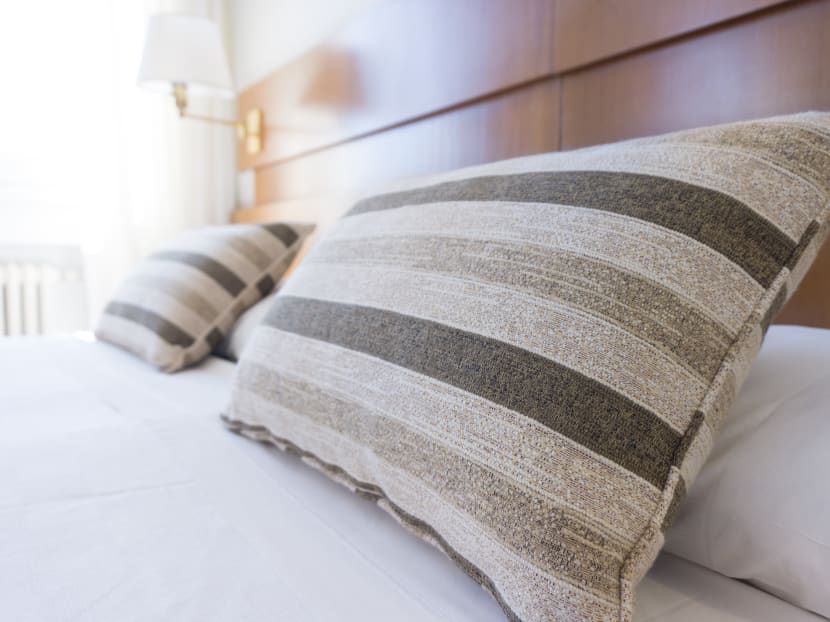When stars no longer count for hotels
Online search results of hotels typically shows them listing their star rating with photos of spacious suites, palatial bathtubs, and posh infinity pools. But the question is, are hotel star labels a deciding factor for today’s travellers?

With rising competition by the likes of Airbnb and other online alternatives, hotels can thrive only if they operate based on the belief that hospitality is more than selling a room, says the author.
For many travellers and holiday makers, research on accommodation options takes up a chunk of their time planning for the trip.
A long list of search results typically shows hotels listing their star rating with photos of spacious suites, palatial bathtubs, and posh infinity pools.
But the question is, are hotel star labels a deciding factor for today’s travellers?
The answer is probably not as much as everyone thinks.
Star ratings for hotels started in the United States and Europe decades ago. It was a way to categorise hotels in various travel guide books and directories.
This classification was catered to travellers then, and they were far less diverse than today's travellers. The stars set most guests’ expectations on the facilities, quality and range of services available at the hotels.
Today, travellers should not depend on these classifications denoted by stars. The broad spectrum of hotels renders the star rating system arbitrary.
Instead, travellers should look at how hotels differentiate themselves today. Specifically, by how hotels embrace disruptions and transform with the times.
The primary change agent for hoteliers today is technology — specifically, social media and innovations.
READ ALSO:
Modern travellers today have diverse preferences and needs even in a single trip. There are business travellers who morph leisure into their trips, travellers who prioritise the chance to live amongst locals, and staycationers who seek a getaway from the city.
Travellers and holiday makers should look for hotels that listen and build according to their needs, instead of building in hopes of attracting a specific target segment of travellers. In other words, hotels that are demand-driven.
Globally, there are more market gaps to serve. Segments have turned into sub-segments, and travellers today turn away from hotels that try to be advantageous by being all things to everyone.
So, is there a way for travellers and holiday makers to identify the best hotel for them? Yes, by looking at how they jump on the up-and-coming innovations and understand travellers’ ever-evolving preferences.
Take social media for instance. It has not only transformed how we connect with friends and family, but also how we search for travel recommendations and reviews.
This is especially so among millennials and the iGeneration. They love to capture cool Insta moments during their travels.
So how are hotels creating a unique social media presence that resonates with today’s travellers?
Quincy Hotel at Mount Elizabeth, just off Orchard Road, has a brand mascot, Quinn the bear. Through its Instagram page, Quinn can be seen celebrating quirky celebrations such as National Teddy Bear Day or highlighting the hotel’s unique selling points.
Travellers who are looking for unique and unexpected experiences will relate to a teddy bear’s quirky persona more so than to photos of marble lobbies and bedroom-sized bathrooms.
Travellers and future guests need to also look at how hotels are leveraging both micro and macro innovations to better serve their guests.
Micro-innovations refer to process improvements, such as data analytics. This helps hoteliers gather guests’ preferences — these can be anything from requiring a room with less sunlight for their sensitivity or notifying the hotel of certain allergies — before they arrive.
This in turn creates customised services based on guests’ needs.
Macro-innovations on the other hand seek to better visitors’ travel experience. One example of such innovations is the “no-luggage” experience for seamless travelling.
An initiative under the Singapore Tourism Board’s Hotel Industry Transformation Map, it allows travellers to check-in their luggage before departure in their home country and have it delivered directly to their hotel of choice.
The initiative ultimately improves the tourism industry’s overall service by reducing waiting time at the hotel and providing travellers control of how they spend their time.
With rising competition by the likes of Airbnb and other online alternatives, hotels can thrive only if they operate based on the belief that hospitality is more than selling a room.
The number of stars they have may not actually mean much.
In the new economy, it serves only to remind us that there is a wide universe of travellers with varied tastes and price points to cater to.
This is why a strong brand story is important for hotels — because this is what resonates with travellers.
So the next time you are researching on hotels, look out for those that understand you and ones that are not afraid to leverage today’s disruptors. They are the ones doing it right.
ABOUT THE AUTHOR:
Arthur Kiong is Chief Executive Officer of Far East Hospitality.






